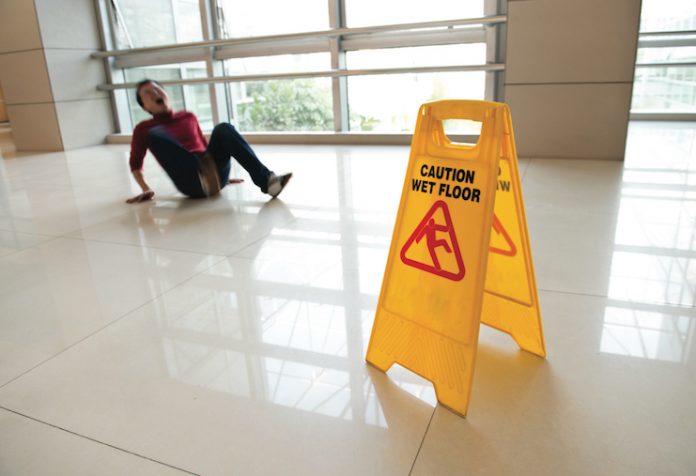
Having a culture of safety, says Dan Killins, is an essential element in minimizing on-the-job injuries and illnesses that can lead to potentially higher workers compensation insurance premiums, lost productivity, and out-of-pocket expenses. Killins, who is loss control program manager for EMPLOYERS, a small business-insurance specialist, has advice for how small businesses, including hotel owners, can minimize workplace risks and thereby insurance premiums.
Killins says the initial cost of workers compensation insurance premiums is based on the type of business and the makeup—i.e., class—of its employees. As with other types of insurance, workers compensation premiums increase when the cost of losses to the insurer increases. “Generally speaking, the higher the frequency and severity of losses, the higher an organization’s premium will be relative to other ‘like businesses,’” he explains.
According to Killins, employers can best protect their employees—as well as their bottom lines—by actively taking steps to avoid such losses, starting with developing “a positive safety culture” to reduce the frequency and severity of incidents in the workplace.
This effort, he adds, should start at the top. “Senior leadership should set safety as a priority, employees should be actively engaged by their direct supervisors on a daily basis, and there should be accountability throughout the entire organization for the desired performance.”
Underpinning these measures should be an awareness of the top safety risks to which they are susceptible and a commitment to efforts to mitigate them. For example, he notes that housekeeping represents a significant number of reported claims for hotels. “Frequent bending, lifting, reaching, and often the pace of work itself, can lead to injuries if not properly addressed.” Food and beverage, too, comes with risks such as cuts, burns, and slip-and-fall incidents, he adds.
These risks, he says, can be minimized by ensuring employees are properly trained for the tasks at hand, by providing the proper equipment to carry out their work safely, and by verifying they are following proper procedures.
Companies that fail to adequately identify risks—or that suffer losses despite them—should take care to learn from them. This is mainly to address them, but also to demonstrate good faith to their insurance carrier. Properly handling incidents that do occur, Killins says, is key.
“Prompt reporting and appropriate medical care are the first items. This should be followed by a thorough investigation that addresses the root causes of the incident; correcting policies, procedures, and/or unsafe conditions; and following up with education of all impacted employees. Lastly, get injured employees back to work as quickly as is practical by implementing established return-to-work protocols.”












